Edge effects enhance vulnerability to climate change in temperate forests
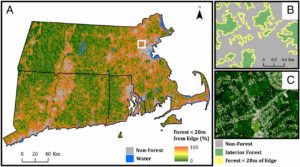 Much of the data used to predict forest responses to climate change comes from unfragmented forests, but much of the world’s forests are highly fragmented. Reinmann and Hutyra examined edge effects in a temperate forest in New England, and observed both an increase in biomass with proximity to the edge (attributable to increased light interception), but also an increase in sensitivity to climate stress such as elevated temperature. Their results are somewhat different from studies in tropical forests, which they ascribe to differences in tree characteristics. For example, most temperate trees are shorter and deeper-rooting than those in tropical forests, making them less vulnerable to wind damage. The authors observe that considering how edge effects impact different types of forests will be important for modeling future levels of forest carbon sequestration. Proc. Natl. Acad. Sci. USA 10.1073/pnas.1612369114 See also “A matter of tree longevity”, a Perspective by Körner in which the beneficial effect of older trees on carbon sequestration is discussed. Science 10.1126/science.aal2449.
Much of the data used to predict forest responses to climate change comes from unfragmented forests, but much of the world’s forests are highly fragmented. Reinmann and Hutyra examined edge effects in a temperate forest in New England, and observed both an increase in biomass with proximity to the edge (attributable to increased light interception), but also an increase in sensitivity to climate stress such as elevated temperature. Their results are somewhat different from studies in tropical forests, which they ascribe to differences in tree characteristics. For example, most temperate trees are shorter and deeper-rooting than those in tropical forests, making them less vulnerable to wind damage. The authors observe that considering how edge effects impact different types of forests will be important for modeling future levels of forest carbon sequestration. Proc. Natl. Acad. Sci. USA 10.1073/pnas.1612369114 See also “A matter of tree longevity”, a Perspective by Körner in which the beneficial effect of older trees on carbon sequestration is discussed. Science 10.1126/science.aal2449.


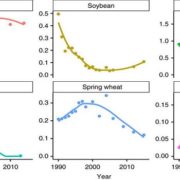
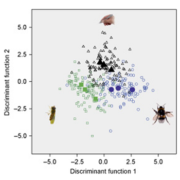
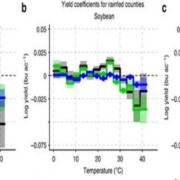
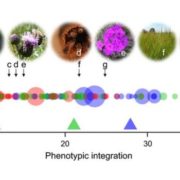




Leave a Reply
Want to join the discussion?Feel free to contribute!